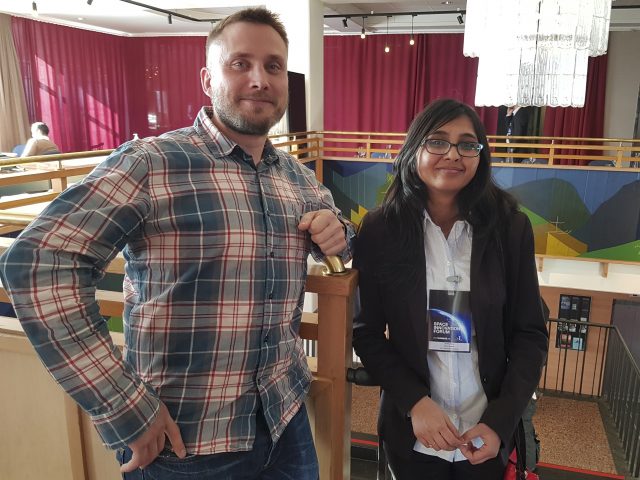The researcher Kanika Garg at the Onboard Space Systems Group of Luleå University of Technology is working together with SSC Esrange to develop a new type of trajectory support system. The solution creates more efficient stratospheric balloon flights by reducing risks and increasing cost-efficiency.
– A balloon launch costs millions of euros for each flight so every euro saved in terms of efficiency is worth it. This tool will take different environment parameters into consideration for online and offline trajectory estimation. It will also assist pilots during flight by suggesting manoeuvres of ballasting and venting as per scientific requirements, said Kanika Garg, a PhD student in Onboard Space System.
Another risk of handling a balloon is that Swedish Space Corporation don’t have a sufficiently accurate estimation of the flight pattern and the possible landing site. This means that balloons from time to time land in crowded areas, the sea or in countries that SSC lack a collaboration agreement with, which in turn creates costly bureaucratic procedures or logistic challenges to get the research material back. Kanika’s work started in 2016,under the supervision of Prof. Reza Emami, designing a software for pre-trajectory analysis – a simulation of the entire journey of the balloon and its intended landing place.
– In this research, we will not only create a simulation tool that can practically turn into an instrumental means of operating high-altitude balloons as well as training their operators, but also utilize such simulation as a system model for developing an onboard navigation system that can guide high-altitude balloons autonomously, said Prof. Emami, the Chair of Onboard Space Systems.
– We will use her model as a support system for making more accurate decisions with our balloon flights. The advantage of working with a PhD researcher is that Kanika can take her time to get into the essential details, we don’t have time to do that on an operative level. This enables us to save a lot of money that we otherwise might have put in unrealistic investments. The work is fascinating and it is a first step toward a complete autonomous system, said Kent Andersson, the Science Coordinator at SSC Esrange.
